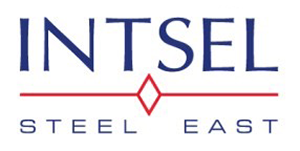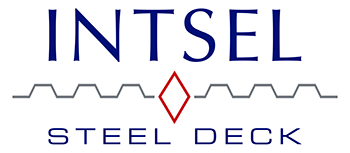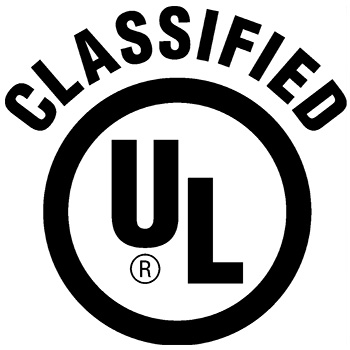Cambering Steel Beams At Bushwick Metals – What Is It And Why Do It?
From the sweep of the NASCAR Hall of Fame to the crazy angles of the HL23 building in New York City, steel’s ability to stay strong while bending...
June 2, 2025






